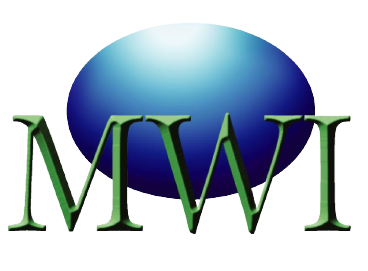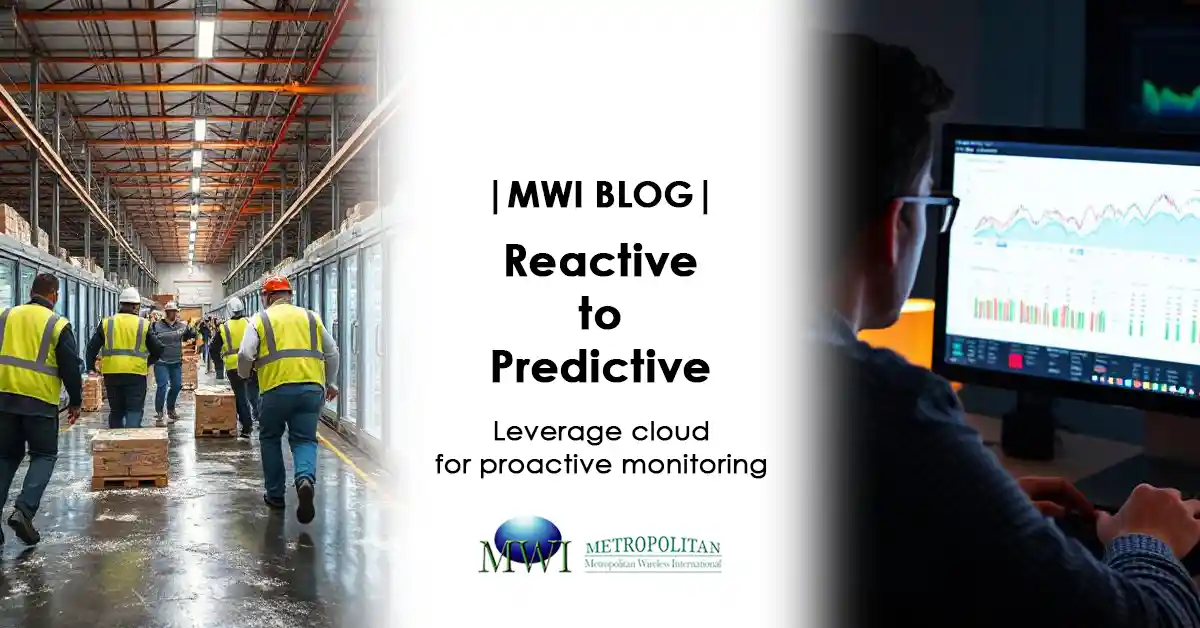Introduction: The Evolution of Cold Chain Monitoring
For decades, cold chain operations relied on reactive responses—only acting after an issue was discovered. Whether through manual temperature logs or periodic checks, problems like spoilage or temperature excursions often surfaced after damage had occurred.
Today, cloud-based IoT (Internet of Things) solutions are changing the game. These systems allow cold chain managers to move from reactive firefighting to predictive, data-driven decision-making—reducing risk, improving compliance, and optimizing efficiency.
Reactive vs. Predictive Cold Chain Management
| Feature | Reactive Management | Predictive Management |
|---|---|---|
| Response Time | After issue is noticed | Before issue occurs |
| Data Collection | Manual or scheduled | Real-time, continuous |
| Risk of Spoilage | High | Significantly reduced |
| Insights | Historical only | Real-time + Forecasting |
| Maintenance Strategy | Break/fix | Condition-based or scheduled |
Reactive systems rely on historical reports, while predictive systems analyze trends in real time to prevent failures before they happen.
What Is Cloud IoT in Cold Chain?
Cloud IoT combines wireless sensors, gateways, and cloud software to continuously gather, transmit, and analyze environmental data like:
-
Temperature
-
Humidity
-
Door activity
-
Equipment health
Unlike legacy systems, cloud platforms can be accessed remotely from anywhere, provide custom alerts, and enable machine learning-based analytics.
Predictive Benefits of Cloud IoT in Cold Chain

1. Early Detection of Equipment Failures
By monitoring equipment performance patterns (like compressor cycles or temperature drift), the system can flag issues before they lead to breakdowns—supporting preventive maintenance and minimizing downtime.
2. Avoiding Spoilage with Trend Analysis
Predictive analytics can identify gradual temperature fluctuations, such as slow freezer warm-ups or improper cooling cycles—enabling early intervention before spoilage occurs.
3. Smart Alerting Based on Context
Rather than sending alerts for every threshold breach, predictive systems consider historical data, duration, and rate of change, reducing false alarms and focusing attention where it’s needed most.
4. Improved Inventory Planning
Understanding seasonal and equipment-driven variations in temperature performance allows businesses to optimize stock rotation, storage, and distribution—reducing waste and enhancing efficiency.
5. Data-Driven Compliance Reporting
Automated reports with predictive insights not only meet standards like HACCP, ISO 22000, GDP, or GDPMDS, but also make audits smoother by showing a proactive approach to quality assurance.
Who Benefits Most from Predictive Cold Chain Monitoring?
-
Food Distributors & Restaurants
Reduce spoilage during off-hours or delivery routes. -
Pharmaceutical Warehouses & Clinics
Prevent vaccine degradation and maintain regulatory compliance. -
Logistics & Cold Storage Providers
Ensure SLA compliance and gain competitive advantage with lower loss rates. -
Supermarkets & Convenience Stores
Monitor fridges across multiple outlets from a central dashboard.
Predictive Cold Chain Management in Action
Example: A cold storage facility began tracking compressor start/stop frequency using cloud IoT sensors. Over time, the system identified abnormal patterns indicating compressor wear. Preemptive servicing was done, avoiding full failure and potential loss of stored vaccines valued at over $100,000.
What to Look for in a Predictive Cold Chain Solution
-
✅ Real-time cloud-based dashboard
-
✅ AI or machine learning-driven analytics
-
✅ Customizable alerts based on rate of change
-
✅ Remote access and mobile app support
-
✅ Long-term data history and exportable reports
-
✅ Integration with maintenance and inventory systems
Final Thoughts
Reactive cold chain management is costly and outdated. With cloud-based IoT solutions, businesses can shift to proactive and predictive operations that prevent spoilage, reduce downtime, and ensure regulatory compliance.
Embracing predictive analytics isn’t just a tech upgrade—it’s a strategic advantage for any business dependent on temperature-sensitive goods.
Other Blogs
Food Storage
Medical Storage
IT Equipment
Server room temperature & humidity monitoring
Interested in proactive cold chain monitoring?
Speak to us to transit from passive to proactive monitoring!


